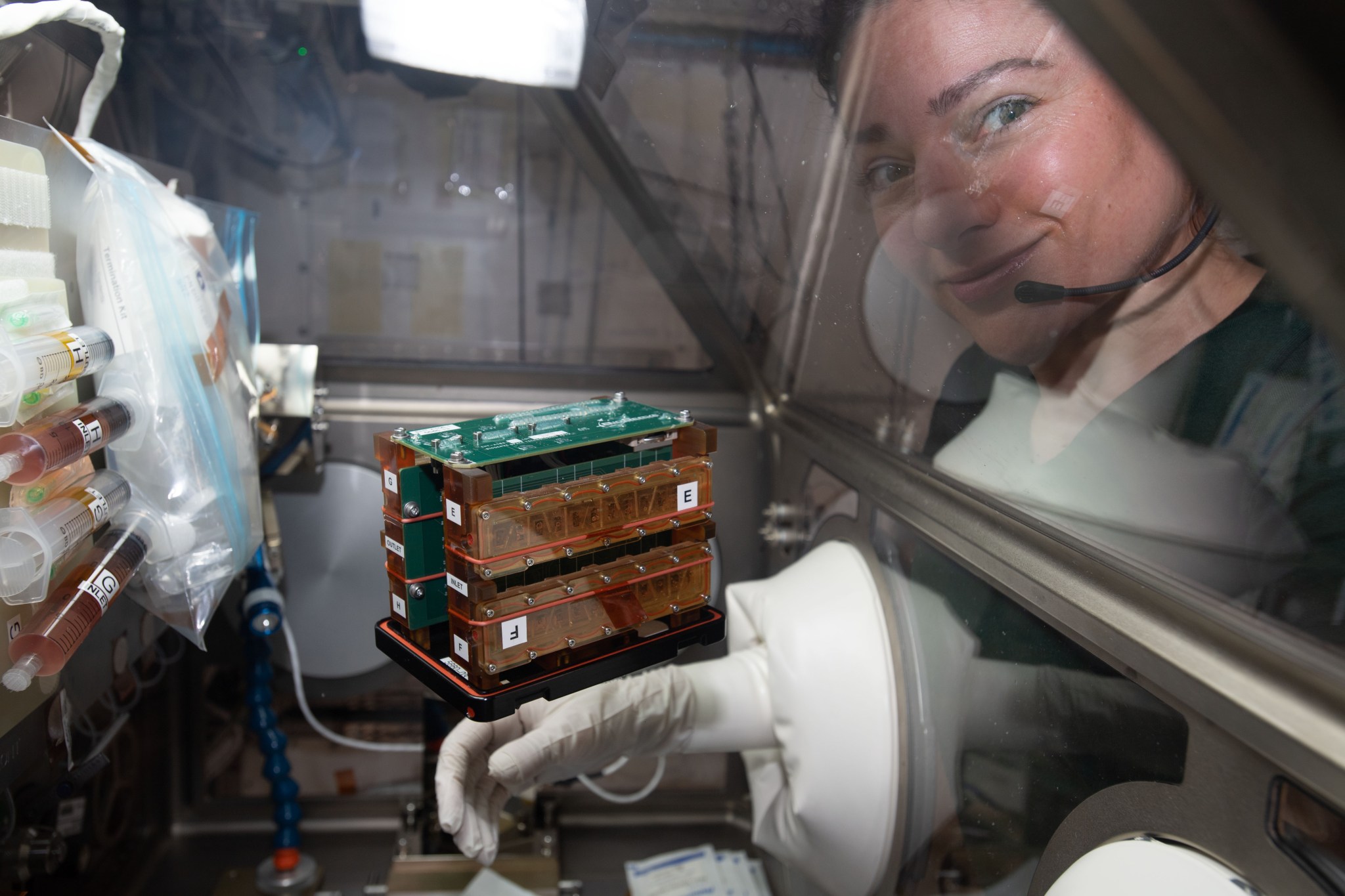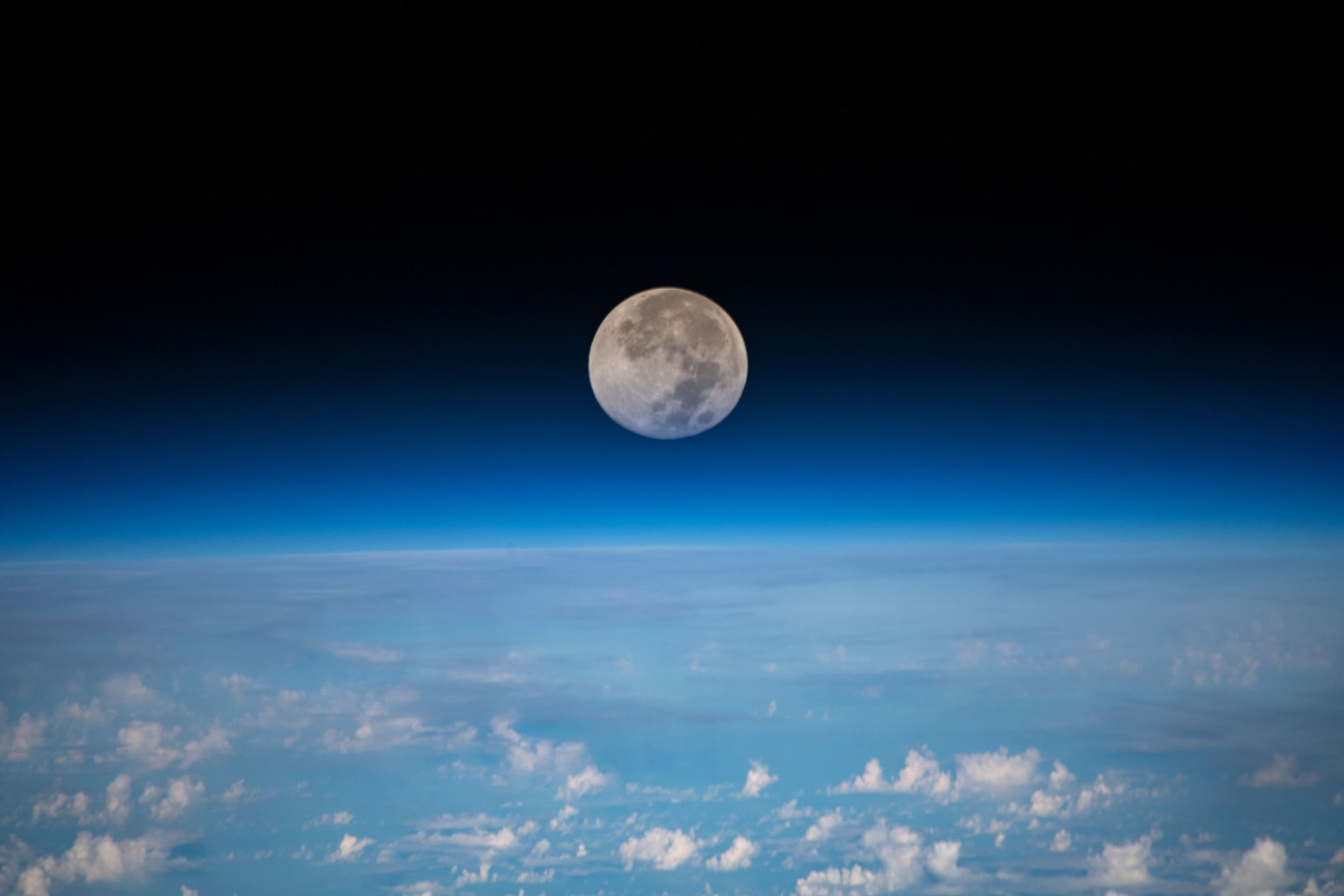NASA astronaut Jessica Meir conducts cardiac research using tissue chip platforms in the Life Sciences Glovebox aboard space station in March of 2022. NASA The International Space Station offers a unique microgravity environment where cells outside the human body behave similarly to how they do inside the human body. Tissue chips are small devices containing living cells that mimic complex functions of specific human tissues and organs. Researchers can run experiments using tissue chips aboard space station to understand disease progression and provide faster and safer alternatives for preparing medicine…
Read MoreTag: Cell and Molecular Biology
Space Station Research Advances NASA’s Plans to Explore the Moon, Mars
4 Min Read Space Station Research Advances NASA’s Plans to Explore the Moon, Mars The full moon is pictured as the International Space Station orbited 254 miles above the Pacific Ocean northeast of Guam. Credits: NASA Space, the saying goes, is hard. And the farther humans go, the harder it can get. Some of the challenges on missions to explore the Moon and Mars include preventing microbial contamination of these destinations, navigating there safely, protecting crew members and hardware from radiation, and maintaining and repairing equipment. Research on the International…
Read MoreResearchers Develop ‘Founding Document’ on Synthetic Cell Development
3 min read Preparations for Next Moonwalk Simulations Underway (and Underwater) Synthetic cell development could lead researchers to new developments in food and medical sciences and a better understanding of the origins of life on Earth. NIH/Rhoda Baer Cells are the fundamental units of life, forming the variety of all living things on Earth as individual cells and multi-cellular organisms. To better understand how cells perform the essential functions of life, scientists have begun developing synthetic cells – non-living bits of cellular biochemistry wrapped in a membrane that mimic specific…
Read More

